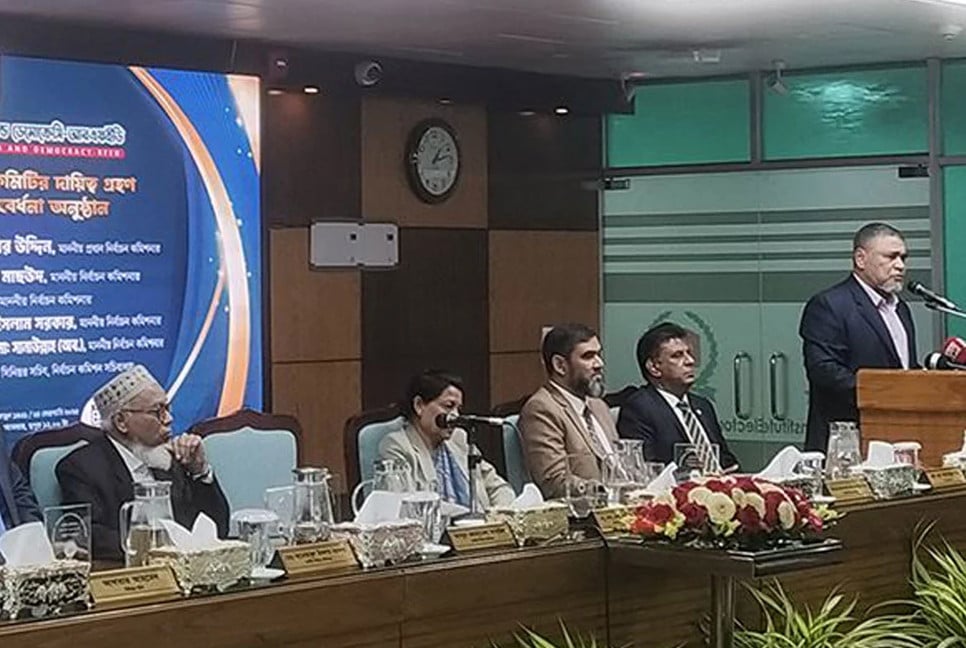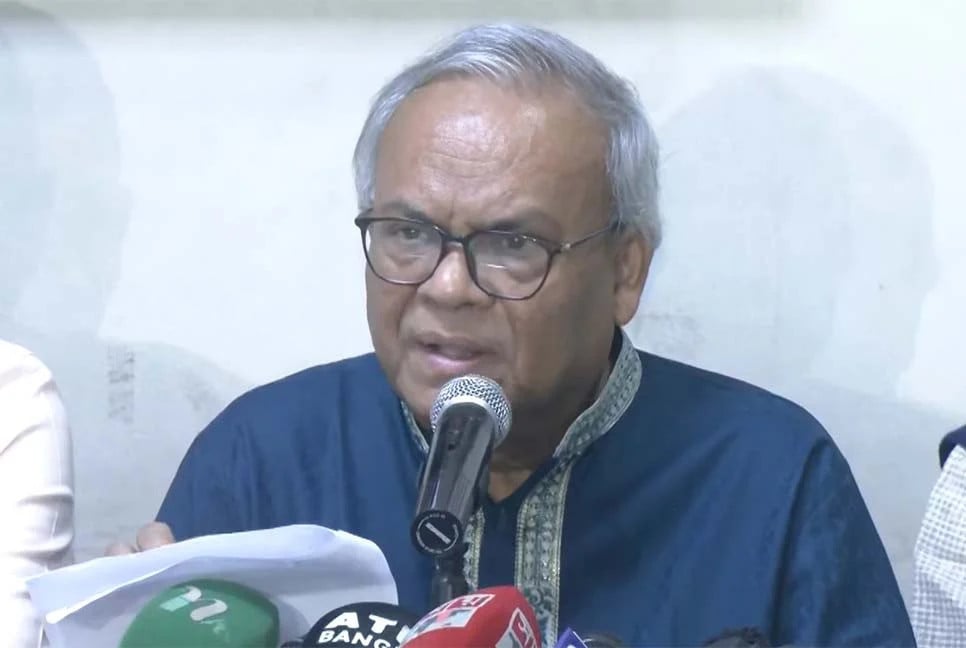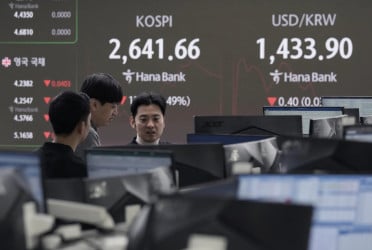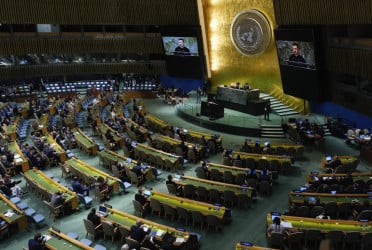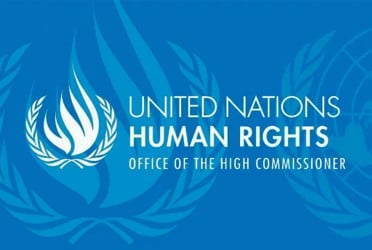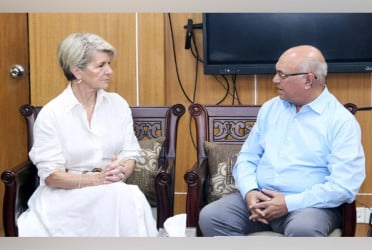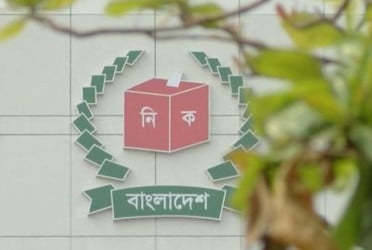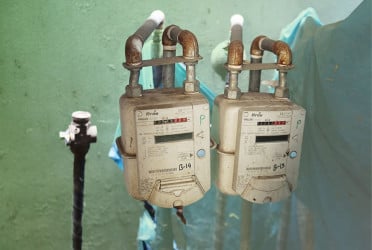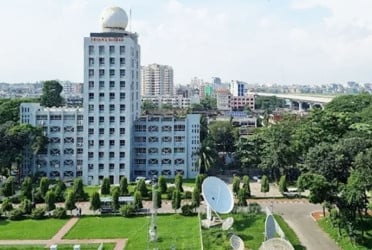The export-oriented industries in the country are struggling due to the gas and electricity crisis which decreased production and increased its cost.
Country’s businesses are failing to complete shipment in time as they couldn’t run the operation of the factory in full swing and passing days with apprehension to lose foreign buyers.
To adjust the production cost, many industries have chosen to cut the workforce. The government wanted to save fuel oil by reducing the usage of electricity, but the use of generators to run the production operation in the factories increased the use of fuel oil and boosted its cost also.
As industrial production is hampered, economists see a bleaker picture in the country’s GDP growth.
In addition, the export sector is at risk which can lead to entail negative impact on the flow of foreign currency, forecasted the economic experts.
According to the Energy and Mineral Resources Division, at present, Bangladesh produces 10,000 to 13,000 Megawatts (MW) of electricity daily. Out of these, around 5,000-5,500 MW goes into industrial consumption. Though the government has taken various measures like closing shops and offices early to save 2,000 MW per day and supply it to manufacturing industries.
However, their (Industries) expectation hasn’t been fulfilled. Moreover, contrary to the planning of saving electricity, its demand has increased in the time after 8:00 pm.
On September 27, the demand for electricity in the evening was 12,968 MW, which increased to 14,200 MW at 9:00 pm.
Besides, the supply of gas in last June was 3,100 MMCF. Among the total amount of supply, 15.76 per cent was used in the gas industry, 5.50 per cent in fertilizer factories and 42.99 per cent in electricity generation.
But, due to the price hike in the global market and the dollar crisis, the government has stopped importing LNG from the open market and the daily supply of gas has been reduced to 2800 MMCF.
Authorities concerned said the gas and electricity crisis led to a 10 to 15 per cent rise in production costs in the industrial sector and production is being shrunk as well. In some industries, the production capacity has been reduced to 50 per cent. Especially, textile, RMG, plastic, ceramics, cement, steel, fertilizer, frozen products and electronics-goods sectors are in grave crisis. Low pressure of gas and load-shedding causes to rise in production cost up to 50 to 60 per cent.
RAK Ceramics Chief Operating Officer (COO) Sadhan Kumar Dey told The Bangladesh Pratidin that due to the gas-electricity crisis, the production capacity of their factories shrunken to 40 per cent. They used to produce tiles of 900,000 sq. meters per day, while it has been reduced to 450,000 sq. meters. Adjusting extra miscellaneous costs is out of their capacity.
Shamim Ahmed, President of Bangladesh Plastic Goods Manufacturers and Exporters Association (BPGME), said, the electricity crisis has worsened the condition of the plastic industry as the raw materials get wasted in case of power-cut. Returning the raw materials to the previous condition needs an extra one hour of heating which spoils time, energy and power.
“For giving back up, we have nothing do to with other than running generators. This rise in production cost, in addition to a 50 per cent increase in the price of diesel has made serious problems in running our business operation.”
Experts said the cost-curtailing policy of the government has eased the pressure on the government, but the price hike of the commodities escalated pressure on the people.
The government should take the right policies to increase the pace of industrial production to continue the growth of the country’s GDP, they opined.
@The article appeared on print and online versions of The Bangladesh Pratidin on September 29, 2022 and rewritten in English by Lutful Hoque and Golam Rosul




